A new analysis of 139 instances where an animal virus has spread to humans shows these outbreaks are a human problem with a human cause
Don’t blame the pangolin. Don’t blame the bats. Don’t blame the animals.
COVID-19 is all on us.
Up to 75 per cent of human infectious diseases that have recently emerged are known or are suspected to have originated from animals. This includes the coronavirus disease 2019 (COVID-19), which is caused by the 2019 novel coronavirus (SARS-CoV-2) and is now pandemic.
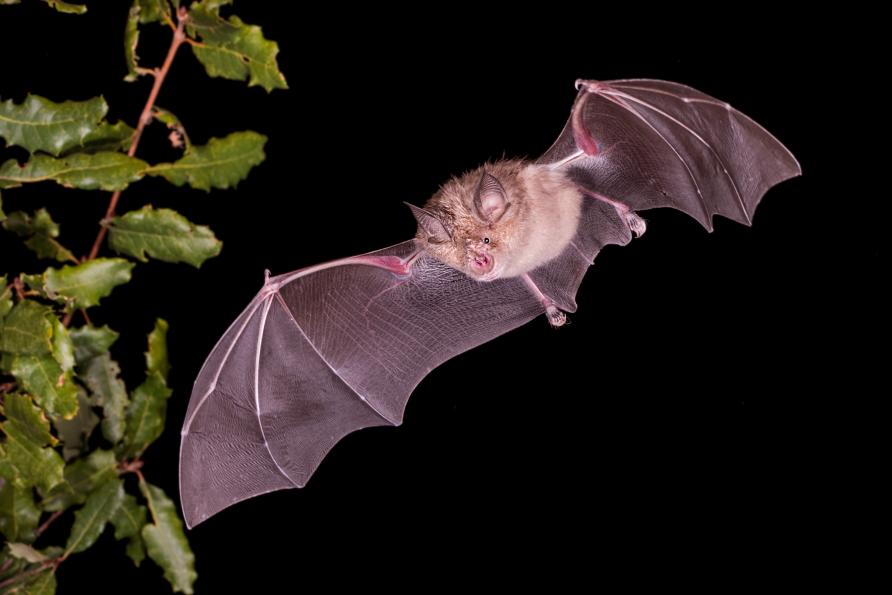
Our team from the University of California, Davis and the University of Melbourne, studied 139 different zoonotic viruses – where the virus has spread from non-human animals to humans.
Our study published in Proceedings of the Royal Society B, identified the animal hosts as well as the drivers of transmission – the factors that make it possible for a virus to spread.
From looking at the factors that lead to a virus jumping from a non-human animal population to us, one thing became clear: though animals may be the original natural host for these viruses, the drivers of a spillover are all too human.
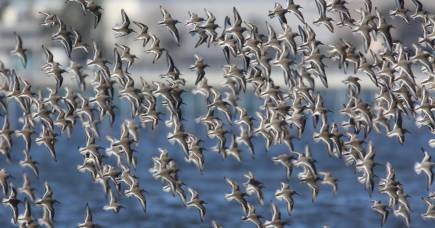
How our 'avian athletes' could spread influenza
Why does a virus spillover to humans?
Coronaviruses circulate in mammals and birds.
Bats are suspected as the original evolutionary source for the coronavirus that spilled over causing COVID-19 in humans.
Researchers have also found that SARS-CoV-2-related coronaviruses in pangolins — or scaly anteaters— share genetic material with the virus causing COVID-19, but we won’t know for certain which species were involved in spillover of this virus until more research is done.
Zoonotic coronaviruses appear to be very good at adapting to new host species.
Three coronaviruses that are zoonotic cause severe, potentially fatal, respiratory infections in humans; Severe acute respiratory syndrome (SARS-CoV), Middle East respiratory syndrome (MERS-CoV), and the newly emerged COVID-19.
SARS-CoV for example, in scientific terms, was found to have higher than average host plasticity. That is, it has a diverse host range, having been detected in a large number of animal taxonomic orders and species.
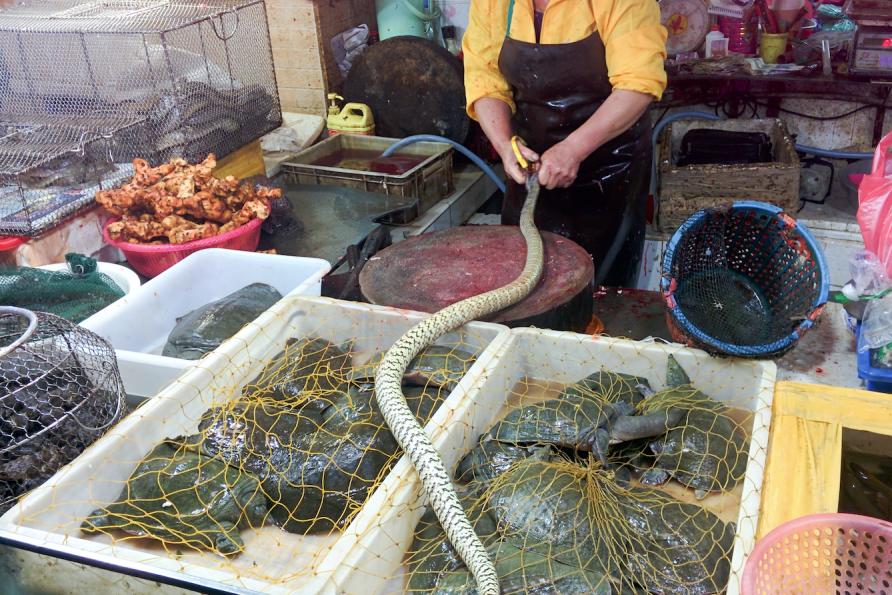
Viruses with high host plasticity are the most likely to become capable of human-to-human transmission and as we’ve seen with COVID-19, global spread.
Our previous research confirms these viruses are transmitted to us because we facilitate the mixing of diverse animal species.
This includes at live animal markets that sell wildlife, which have been attributed to the emergence of COVID-19, as well as other activities, such as keeping wild animals in sanctuaries or as pets.
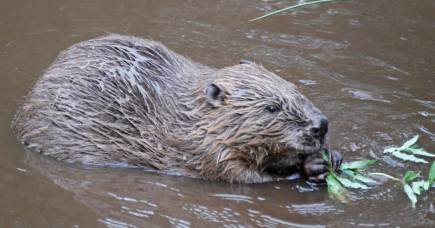
Conserving biodiversity to safeguard our future
Activities that increase our opportunity for animal-human interactions also likely facilitate zoonotic disease transmission.
The most frequent locations of transmission were in and around human dwellings and in agricultural fields, as well as at those interfaces with occupational exposure to animals: like. hunters, laboratory workers, veterinarians, researchers, wildlife management, as well as zoo and sanctuary staff.
Most of these high-risk interfaces have been driven by factors related to global animal species abundance.
More animals with less biodiversitY means more problems
Our new research found zoonotic viruses have historically come from animal species that have increased in abundance and particularly, have adapted to human-dominated landscapes and even expanded their range because of this.
Resilient wild animal species include rodents, primates, bats, even-toed ungulates (hoofed animals) and carnivores, which host the highest proportion of zoonotic viruses.
The presence of rodents and bats in that line-up may not surprise you.
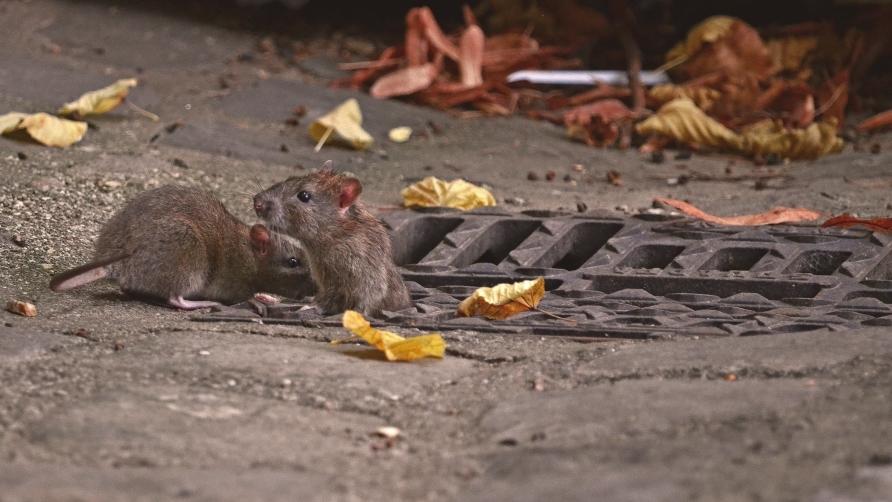
Rodents – the house mouse and black rat - were the only wild animals among the top 10 species with the highest number of detected zoonotic viruses.
Both of these rodent species are considered invasive in most regions of the world, commonly inhabit domestic and peri-domestic structures, are used in laboratory studies and kept as pets.
However, when combining all species information into taxonomic order, primates and bats were more likely to harbour zoonotic viruses compared with all of the other orders.
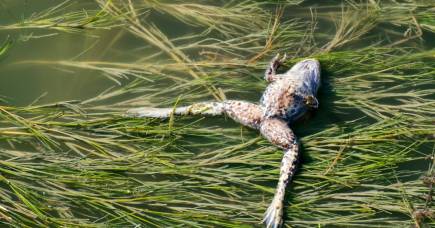
The invasive fungus threatening Earth's biodiversity
Resilience to habitat changes brought on by humans isn’t the only factor that increases zoonotic virus spillover. Certain causes of decline in wildlife populations have also facilitated spillover of animal viruses to humans.
Importantly, among threatened wildlife species, those with population reductions due to exploitation and loss of habitat, this includes some species of primates and flying foxes – likely due to human encroachment – shared more viruses with humans.
Reducing the risk FOR another COVID-19
This means that in situations like the one we now face with COVID-19, we mustn’t blame the animals.
Not for moral reasons, for practical ones.
Domesticated animals kept as pets or on farms host more zoonotic viruses than wild species overall, but are less likely to be implicated in spillover of recently emerged novel viruses to humans.
Another difference is that for viruses hosted by domestic animals, such as rabies in dogs, we have fortunately developed a vaccine.
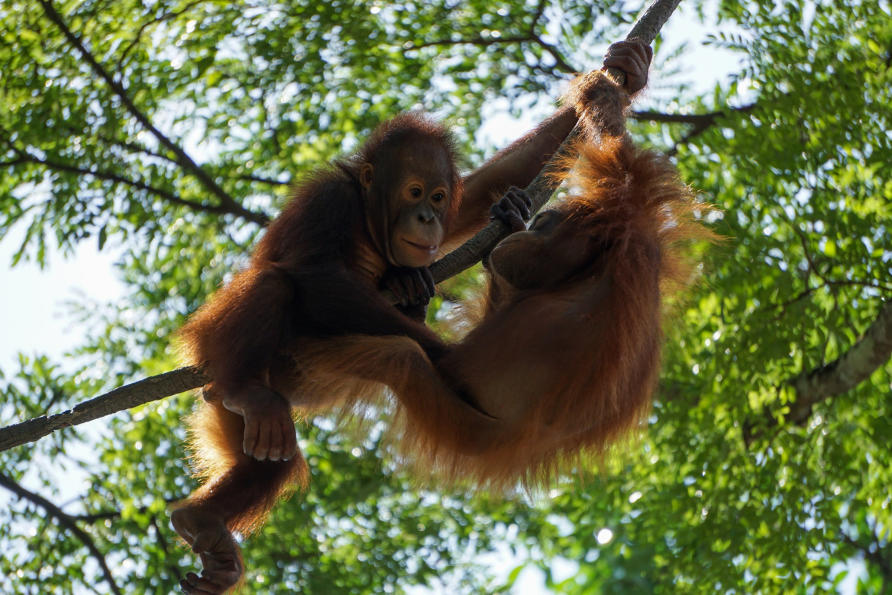
There are many viruses shared by wildlife and domestic animals, but domesticated species play a key role in facilitating direct contact with people.
Amplification of disease transmission is also likely, particularly in intensive animal production facilities that dictate close contact.
Restricting the trade of wildlife is a step in the right direction, but should be just the beginning. We need to focus on minimising interactions between wildlife and domesticated animals, improving biosafety in livestock production and limiting our own contact with wildlife.
Finally, we should all consider how our interactions with animals affects both the animals, in terms of conservation– which is threatened by loss of habitat among other things – as well as the risk to the world.
Banner: The critically endangered Sunda or Java Pangolin (Manis javanica)/ Shutterstock
https://pursuit.unimelb.edu.au/articles/don-t-blame-the-pangolin-or-any-other-animal-for-covid-19





0 Comments